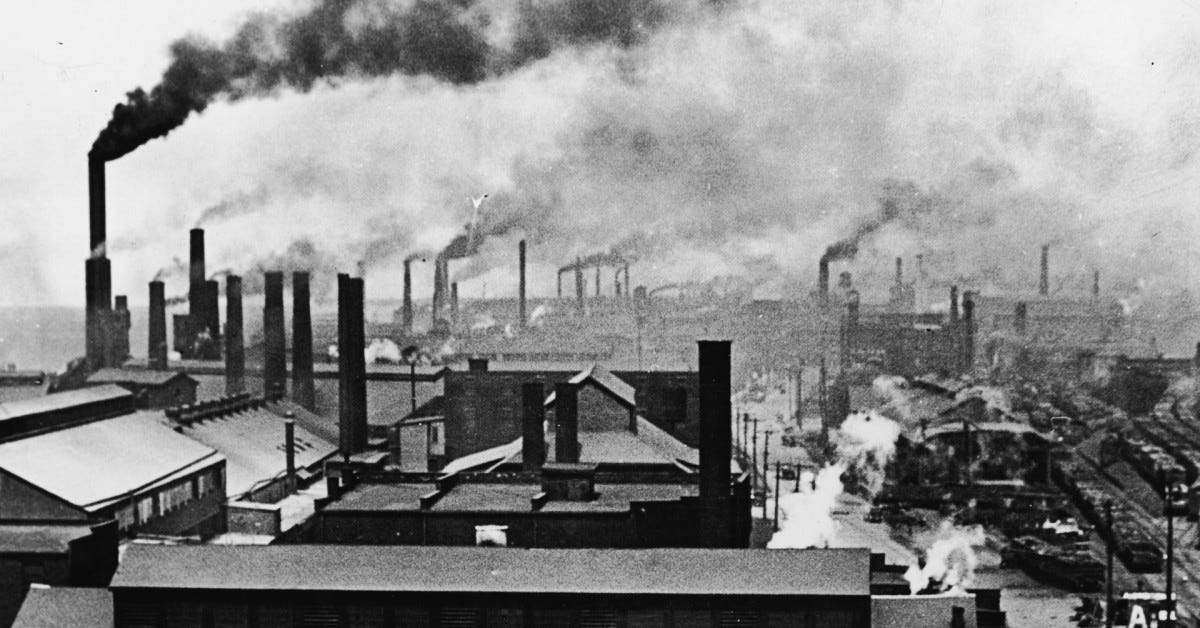Industrial Revolution: Good or Bad? - Daily Dose of History
Never believe anything in politics until it has been officially denied
The Industrial Revolution, which began in the late 18th century and continued through the 19th century, was a period of significant technological advancements that transformed the way goods were produced and consumed. The development of new machinery, such as the steam engine and spinning jenny, allowed for greater efficiency and productivity in manufacturing, leading to the growth of factories and mass production. While the Industrial Revolution undoubtedly brought many positive changes to society, such as increased wealth and improved living standards for some, it also had numerous negative impacts that cannot be ignored. In this article, I will argue that the Industrial Revolution was not a wholly positive development for society.
One of the primary benefits of the Industrial Revolution was the increase in wealth and economic growth that it brought. The growth of factories and the expansion of production led to a rise in profits, which in turn led to greater investment and expansion. This growth brought with it many benefits, such as higher wages and improved living conditions for some workers. The availability of new goods and the reduction in production costs led to greater affordability of goods, which made them accessible to a wider range of people.
However, these benefits were not equally distributed, and the gains of the Industrial Revolution were primarily felt by the wealthy and those in positions of power. The exploitation of workers, particularly children and women, was rampant during this period. Many were forced to work long hours in dangerous conditions for low pay, and had few rights or protections. The factory system that emerged during the Industrial Revolution often required workers to work in harsh, cramped conditions that led to physical and mental health problems.
The environmental impacts of the Industrial Revolution were also significant. The development of large-scale manufacturing led to an increase in pollution, deforestation, and other environmental problems. The burning of coal for energy production and the emissions from factories led to air pollution and increased health problems for people living in urban areas. The negative impacts on the environment have continued to be felt in the present day, as the effects of pollution and climate change continue to impact the world.
The Industrial Revolution also had profound impacts on social and cultural structures. The move away from traditional forms of work, such as agriculture and handicrafts, led to the erosion of traditional social structures and a shift towards urbanization. This shift often led to the breakdown of traditional family structures and community ties, which had previously provided support and security for individuals. The rise of industrial capitalism and the commodification of labor also had a significant impact on social structures, leading to the rise of consumerism and individualism.
In conclusion, while the Industrial Revolution undoubtedly brought many positive changes to society, it cannot be argued that it was a wholly positive development. The exploitation of workers, the negative impacts on the environment, and the erosion of traditional social structures all point to the darker side of this period of history. It is important to acknowledge and address these negative impacts in order to fully understand the legacy of the Industrial Revolution, and to ensure that future technological advancements are made with a more nuanced understanding of their impacts on society and the environment.




